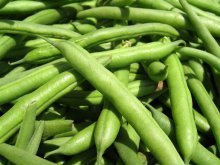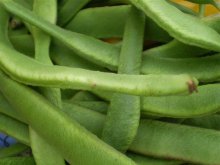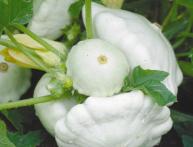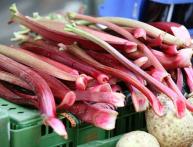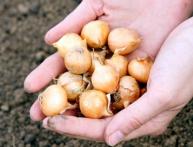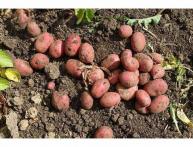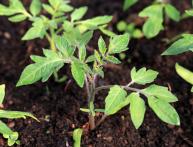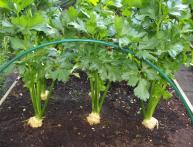Green beans: beneficial properties, indications and contraindications
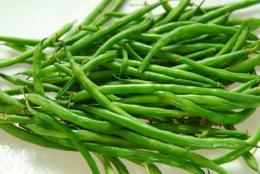
Beans have been known in Europe since the voyage of Columbus. Its seeds were brought from South America. At one time it was grown as an ornamental plant, but in the 17th century it began to be used as food. Currently, varieties are grown for these purposes beans common and related species from the legume family. There are varieties that are eaten not in shelled form, but in the form of young pods with unripe beans. Let's try to find out what green beans are, their beneficial properties and uses.
Content:
- Chemical composition of green beans
- Indications and contraindications for the use of green beans
- How to prepare green beans
Chemical composition of green beans
Green beans differ from shelled beans in that they are eaten together with green young leaves and beans that are not fully formed. The beneficial properties of green beans were noticed by the South American Indians.
In the modern world, the chemical composition, nutritional value and beneficial properties of green beans are widely used in cooking and folk medicine. Unlike shelled varieties, green beans have a low protein content, but a higher amount of dietary fiber, vitamins and minerals. Nutritional value 100 g raw legume beans are 16 - 17 kcal.
Includes:
- proteins 1.2 g
- fat 0.1 g
- carbohydrates 2.4 g
- water 91 - 92 g
- dietary fiber 2.5 g
- ash substances 1.7 g
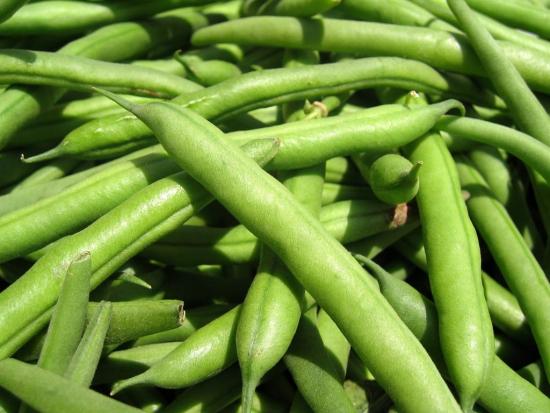
Of the macroelements, sodium deserves attention; the product contains 43% of the daily dose. The following minerals from the group of macroelements are also present:
- magnesium
- phosphorus
- potassium
- calcium
Green beans also contain a microelement such as iron. It also contains:
- vitamin and provitamin A
- vitamin E
- vitamin C
- vitamin PP
- vitamin B group
Separately, it is worth mentioning substances such as lectins. The attitude towards them is ambiguous, but in green beans their content is not so high, in this quantity they are beneficial, as they can suppress the growth of cancer cells. When in excess, lectins harm the immune system and red blood cells; there are especially many of them in beans with red beans. If these beans are poorly soaked and undercooked, you can get seriously poisoned.
Indications and contraindications for the use of green beans
Green beans can improve the course of non-insulin-dependent diabetes. Its chemical amino acid composition acts like insulin and lowers blood glucose levels. You can use both fresh, just squeezed juice and decoctions from green, not yet dried pods. Beans in combination with blueberries or beans in combination with Brussels sprouts can have a positive effect on insulin metabolism.
For diabetes, you can prepare a complex decoction from two parts of green pods, two parts of blueberry leaves and one part of flax seeds. Three tablespoons of this mixture are poured with boiling water in an amount of 0.6 liters and boiled for 20 minutes. The decoction is taken three times a day, the amount of decoction per dose is 3 liters. Art. The use of green beans is indicated for:
- obesity
- hypertension
- pancreatic diseases
- rheumatism
- swelling
- gastritis with low acidity
- kidney stones
- diabetes
- increased excitability of the central nervous system
It is recommended to use decoctions from green pods if there is a lack of milk during breastfeeding. A decoction of the pods perfectly relieves swelling; the effect of use will increase several times if you prepare the medicine together with corn stigmas. When treating the pancreas, the benefits of beans can be enhanced with blueberry leaves. As with any medicine, there are limitations and contraindications in the use of green beans.
Contraindications to the use of green beans
You should not use decoctions, infusions and green bean juice during periods of exacerbation of the following diseases:
How to prepare green beans
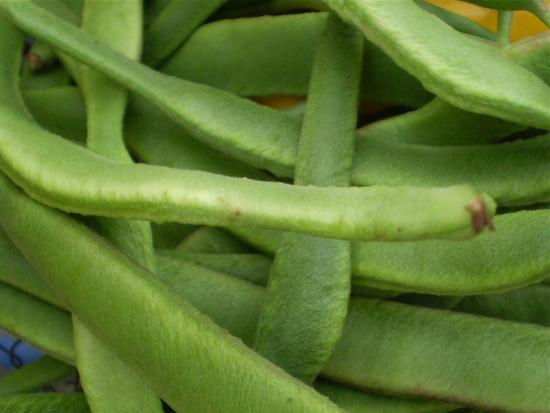
Green beans can be prepared in several ways:
- Blank unripe pods
- Harvesting pods after threshing
- Freezing
Bean pods are removed from the bush without waiting for them to dry. This must be done on time, while the wings are fleshy and contain the maximum amount of nutrients. The picked pods are cut into pieces of 1.5 - 2.0 cm. This is done together with unripe beans.
After this, lay it out on a sheet of paper in one layer. The raw materials are turned over 1-2 times daily. The process continues until completely dry. The harvested pods should be stored in a dry place. The harvested raw materials retain their maximum benefit throughout the year. Once the pods are threshed or peeled, they can also be prepared for the treatment and prevention of certain diseases.
To do this, they need to be dried as well as possible. This can be done by scattering them on paper in a dry and well-ventilated place. Dry for 6 - 7 days, stirring regularly.
Pour into a dry jar and close with a lid. Store for a year. In the freezer compartment of a household refrigerator, you can preserve the beneficial properties of green beans by freezing them. To do this, sort out the pods and remove plant debris. Cut into pieces 3 cm long. Place everything in a bag and quickly freeze.
To do this, you should not stuff too many raw materials into one bag. It is enough to put 0.6 - 0.8 kg. Store no longer than 3 months. Subject to temperature conditions, frozen beans keeps all properties fresh. When preparing and using beans for treatment at home, it is important to remember that this does not replace official treatment and does not exempt you from visiting a specialist.
Video about the benefits and harms of beans:

